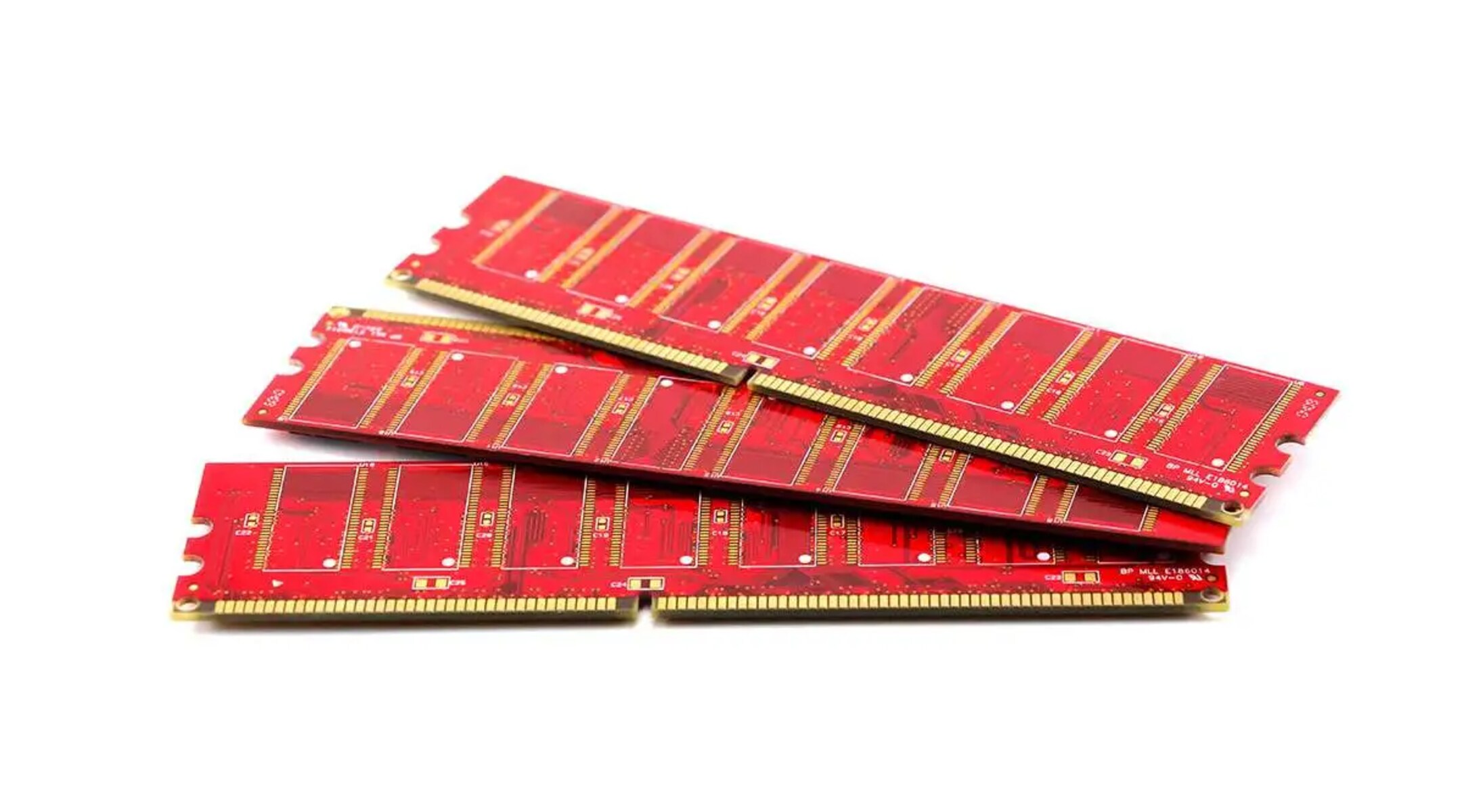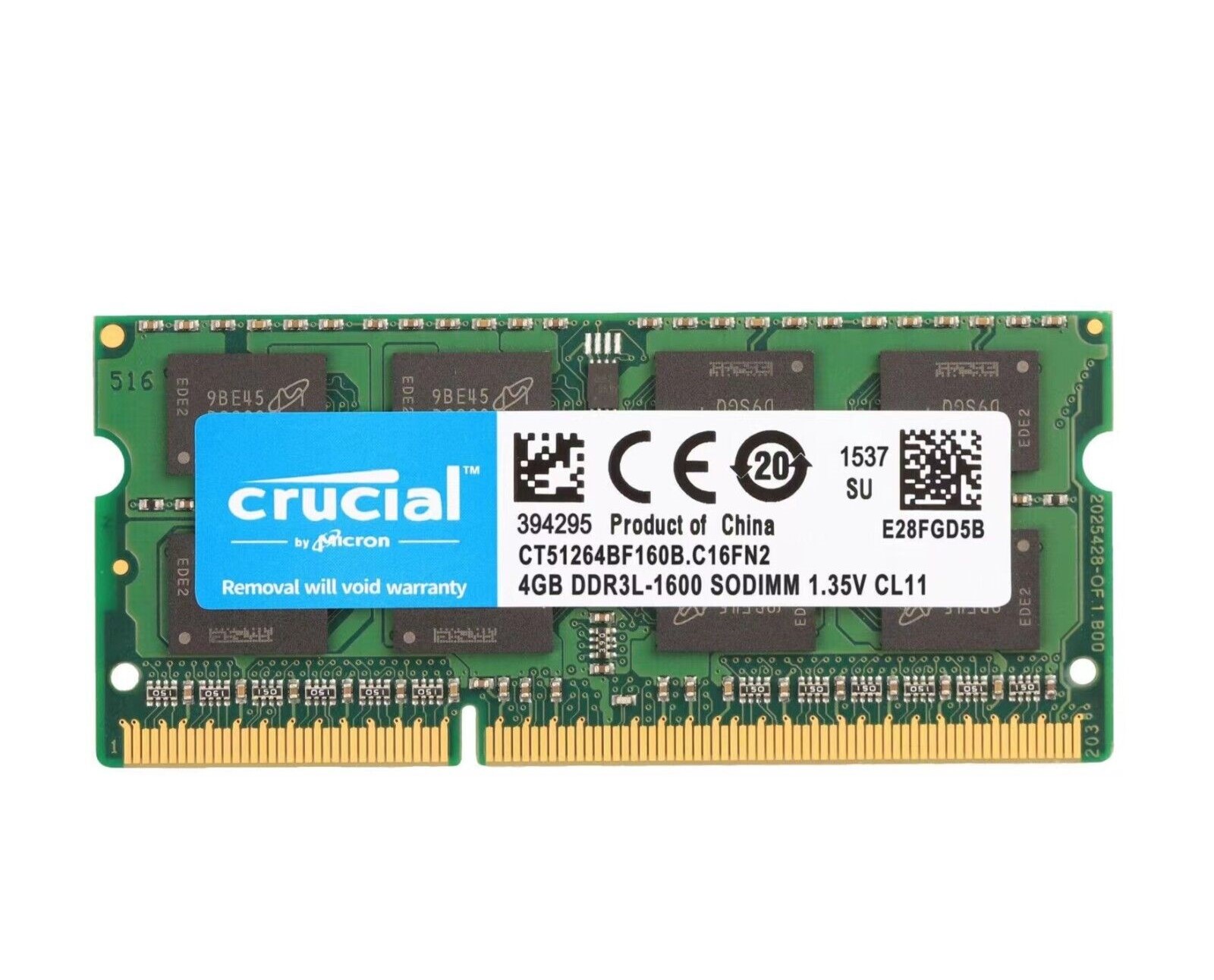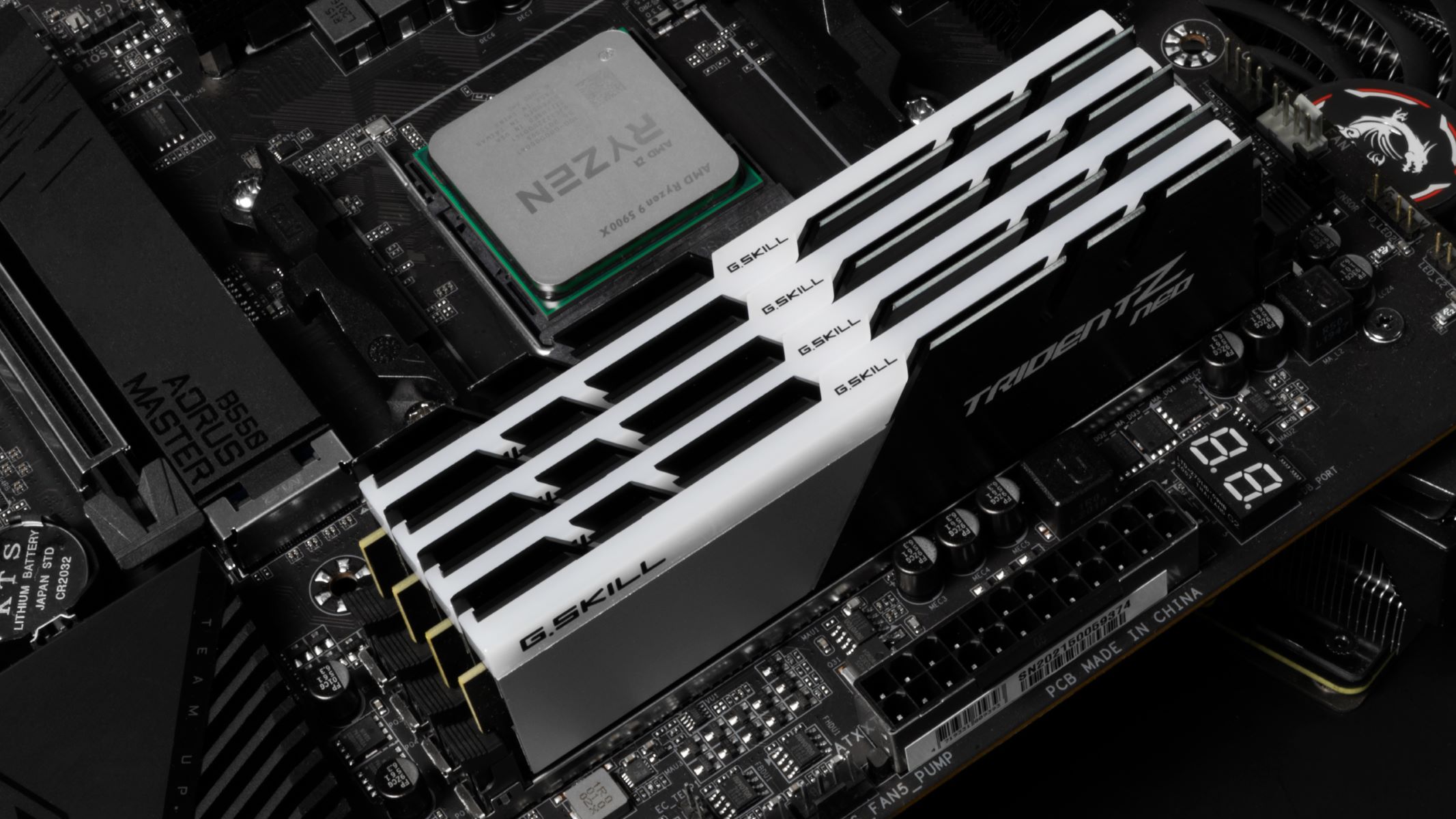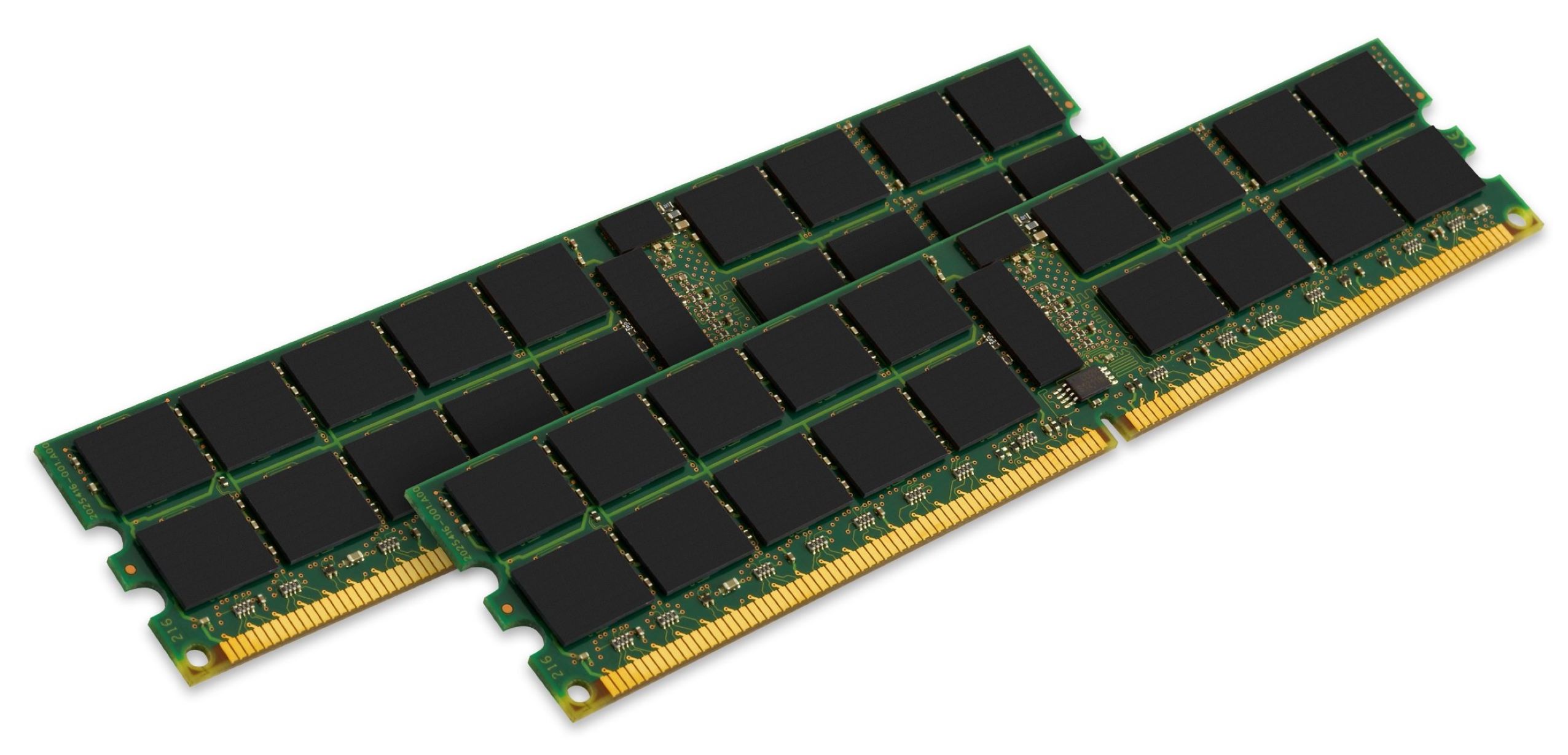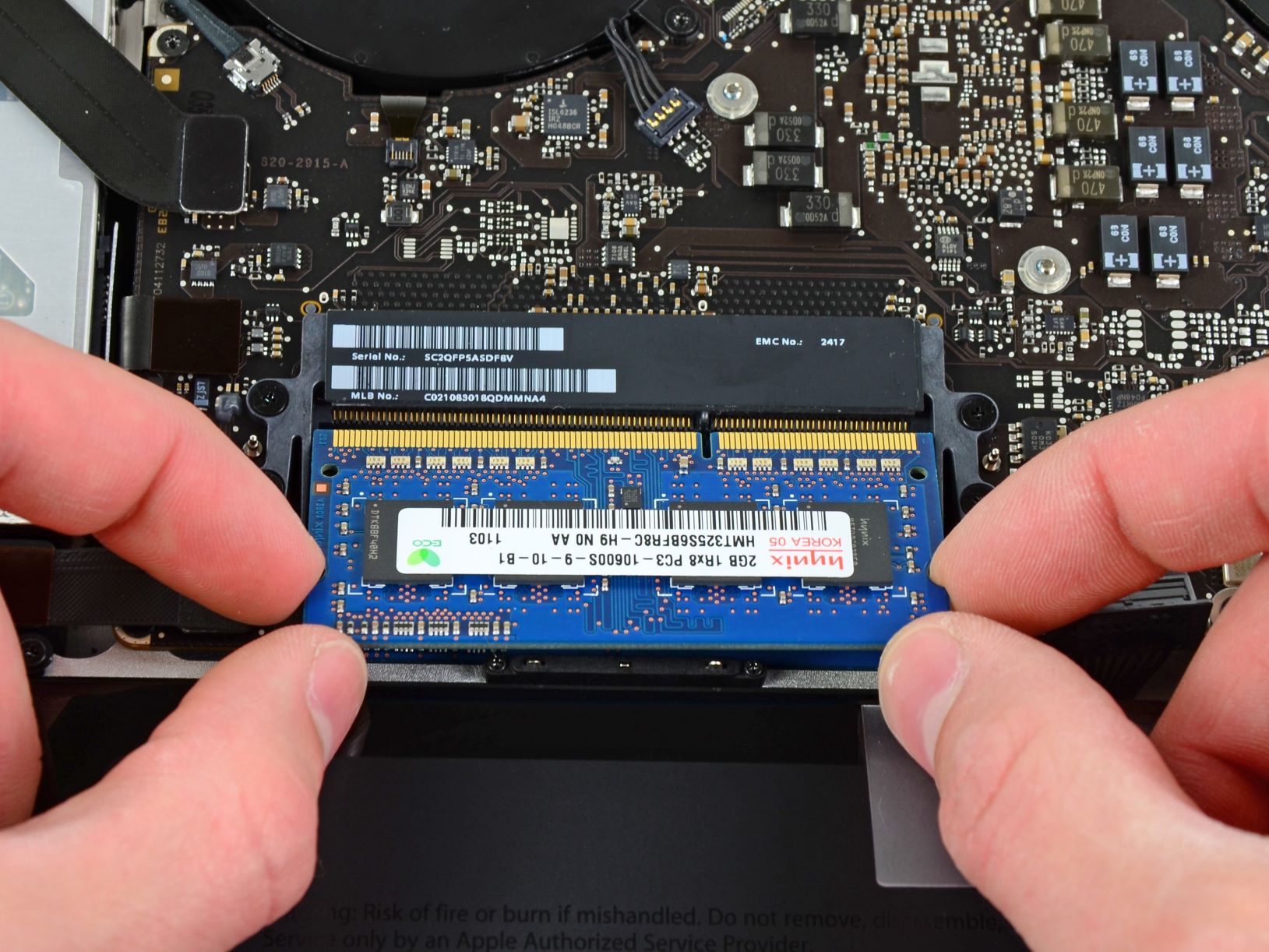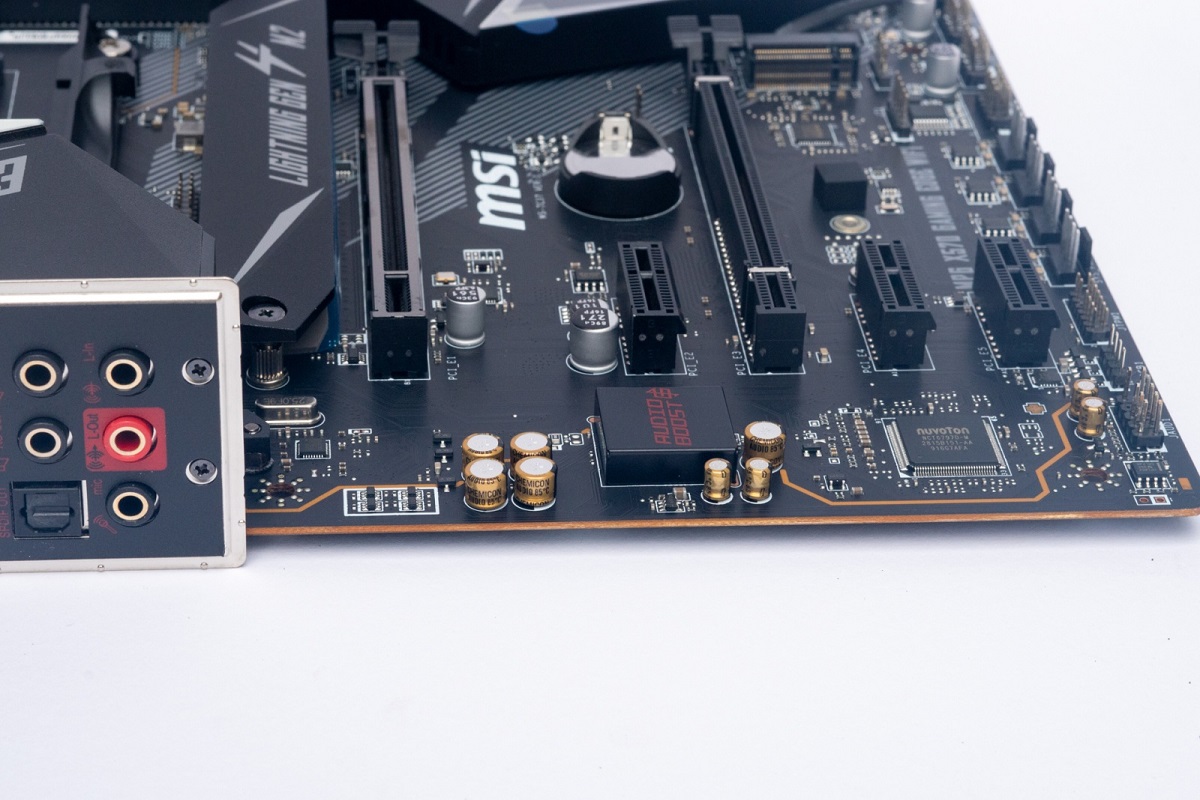Introduction
Welcome to the world of computer hardware! When it comes to optimizing your computer’s performance, understanding the specifications of its components is essential. One critical component that directly impacts your system’s speed and efficiency is the random-access memory, commonly known as RAM.
RAM plays a vital role in storing and accessing data temporarily while your computer is running various programs and processes. The speed at which the RAM operates is measured in megahertz, or MHz, which determines how quickly your computer can access and process data. The higher the MHz rating of your RAM, the faster and more responsive your system will be.
In this article, we will explore the significance of a RAM’s MHz rating and explain how it affects your computer’s overall performance. Furthermore, we will delve into different methods you can use to check the maximum MHz of RAM installed in your system. By the end of this article, you will have a clear understanding of how to evaluate and optimize your computer’s RAM speed.
So, let’s dive in and discover how to unleash the full potential of your computer’s RAM by checking its maximum MHz rating.
Understanding RAM and MHz
To understand how RAM speed affects performance, it’s crucial to have a basic understanding of what RAM is and how it works. RAM, or random-access memory, is a type of computer memory that allows data to be read and written in any order, making it an essential component for efficient multitasking.
The MHz rating refers to the clock speed at which the RAM operates. It determines how many cycles of data can be transferred in one second. Simply put, the higher the MHz rating, the faster the RAM can transfer data, resulting in improved overall system performance.
RAM comes in different form factors, such as DDR3, DDR4, and DDR5. Each generation of RAM has its own MHz specifications, with higher MHz ratings indicating faster speed. For example, DDR4 RAM typically has MHz ratings ranging from 2133 MHz to 3200 MHz or even higher.
It’s important to note that the MHz rating of your RAM is not the only factor that determines its performance. The amount of RAM you have installed also plays a significant role. More RAM allows your computer to store and access larger amounts of data simultaneously, reducing the need to rely on slower storage devices like hard drives or solid-state drives (SSDs).
While higher MHz ratings generally result in better performance, it’s worth considering your computer’s compatibility. Not all systems support the latest RAM technologies, so it’s crucial to ensure that your motherboard and processor are compatible with the desired MHz rating before upgrading your RAM.
Now that you have a good understanding of how RAM and MHz are related, let’s explore how RAM speed affects your computer’s performance in the next section.
How RAM Speed Affects Performance
The speed of your RAM can have a significant impact on your computer’s overall performance. Faster RAM allows your system to retrieve and process data more quickly, resulting in smoother multitasking, faster program loading times, and improved overall responsiveness.
When you open a program or a file, your computer transfers the necessary data from your storage device to the RAM for quick access. If your RAM operates at a lower MHz, it will take longer to transfer and process this data, causing delays in program execution and slower overall performance. On the other hand, higher MHz RAM can handle larger amounts of data and process it more efficiently, resulting in faster program execution.
RAM speed also plays a crucial role in gaming performance. In fast-paced games that require quick rendering and loading of complex textures and graphics, faster RAM can make a noticeable difference. It allows for smoother gameplay, reduces lag, and speeds up loading times, providing a more immersive gaming experience.
Furthermore, RAM speed can impact the performance of memory-intensive tasks such as video editing, 3D rendering, or running virtual machines. These tasks require a significant amount of data to be processed simultaneously, and faster RAM ensures smoother and more efficient execution of these tasks. It minimizes the time spent waiting for data to be loaded, allowing you to work with larger files and process complex tasks more quickly.
It’s important to note that while RAM speed can have a significant impact on performance, it is not the only factor to consider. Other system components, such as the processor and storage devices, also play a crucial role in overall system performance. However, upgrading your RAM to a higher MHz rating can often provide a noticeable improvement, especially if your current RAM is running at a lower frequency.
Now that you understand how RAM speed affects performance, let’s move on to the methods you can use to check the maximum MHz of your installed RAM.
Ways to Check the Max MHz of RAM
There are several methods you can use to check the maximum MHz rating of the RAM installed in your computer. Let’s explore each method in detail:
- Method 1: Checking the BIOS: One of the most reliable ways to check your RAM’s maximum MHz rating is by accessing the BIOS (Basic Input/Output System) of your computer. Restart your computer and enter the BIOS settings by pressing a specific key during the boot process (usually indicated on the screen). Once inside the BIOS, navigate to the memory settings or configuration section, where you can find the MHz rating of your installed RAM.
- Method 2: Using Command Prompt or PowerShell: If you prefer a software-based method, you can use Command Prompt or PowerShell to check the maximum MHz of your RAM. Open either of these applications by searching for them in the start menu, and then type the command “wmic memorychip get speed” and hit enter. This will display the speed (in MHz) of each RAM module installed in your system.
- Method 3: Using System Information: Windows provides a built-in tool called System Information that can give you detailed information about your computer’s hardware, including the RAM speed. To access it, press the Windows key + R, type “msinfo32” in the Run dialog box, and hit enter. In the System Information window, navigate to the “Memory” section, where you can find the maximum MHz rating of your installed RAM.
- Method 4: Checking Manufacturer’s Specifications: If the above methods don’t work or you prefer a more straightforward approach, you can check the documentation or the manufacturer’s website for your RAM module. Look for the model number and search for it online to find the official specifications, including the maximum MHz rating.
By using one of these methods, you can easily determine the maximum MHz rating of your installed RAM. Armed with this information, you can make informed decisions regarding RAM upgrades or optimizations to enhance your computer’s performance.
Method 1: Checking the BIOS
One of the most reliable ways to check the maximum MHz rating of your RAM is by accessing the BIOS (Basic Input/Output System) settings of your computer. The BIOS provides low-level control over various hardware components, including your RAM.
To check the RAM’s maximum MHz rating through the BIOS, follow these steps:
- Restart your computer. Before the operating system starts loading, you need to access the BIOS. The key to access the BIOS may vary depending on your computer’s manufacturer. Common keys to access the BIOS include Del, F2, F10, or Esc. Look for any on-screen messages during startup that specify which key to press.
- Once you are in the BIOS, navigate to the memory settings or configuration section. The exact location of the memory settings may vary depending on the BIOS version and manufacturer.
- In the memory settings, you will find information about the installed RAM modules, including the MHz rating. Look for options such as “Memory Configuration” or “DRAM Frequency” to find the relevant information. Different BIOS interfaces may present the information differently, so you may need to explore various menus.
- Make note of the maximum MHz rating displayed for your RAM modules. This information will help you understand the current speed of your RAM and whether it’s running at its maximum potential.
- Exit the BIOS, ensuring that you don’t make any unintended changes. Save your settings if prompted.
Checking the BIOS is a reliable method as it provides direct access to your computer’s hardware settings. However, it requires you to restart your computer and access the BIOS interface, which may not be the most convenient option for everyone.
Now that you know how to check the maximum MHz rating of your RAM through the BIOS, let’s explore another method using Command Prompt or PowerShell in the next section.
Method 2: Using Command Prompt or PowerShell
If you prefer a software-based method to check the maximum MHz rating of your RAM, you can use either Command Prompt or PowerShell, both of which are built-in utilities in Windows. These command-line interfaces allow you to execute specific commands to retrieve system information.
- Open Command Prompt or PowerShell by searching for them in the start menu or by pressing the Windows key and typing their respective names.
- Once you have opened Command Prompt or PowerShell, type the following command:
wmic memorychip get speed - Press Enter to execute the command. The command will retrieve the speed (in MHz) of each RAM module installed in your system.
- Review the output. Each RAM module’s speed will be displayed, allowing you to determine the maximum MHz rating of your installed RAM.
- Exit the Command Prompt or PowerShell when you have obtained the necessary information.
Using Command Prompt or PowerShell is a convenient method to quickly check the maximum MHz rating of your RAM without having to restart your computer or access the BIOS. Both utilities provide access to system information and allow you to execute commands to retrieve specific details.
It’s worth noting that using Command Prompt or PowerShell may require basic familiarity with command-line interfaces. However, the command provided above is simple to use and provides the necessary information you need.
Now that you know how to check the maximum MHz rating of your RAM using Command Prompt or PowerShell, let’s move on to another method: using the System Information tool.
Method 3: Using System Information
Windows provides a built-in tool called System Information that can give you detailed information about your computer’s hardware, including the maximum MHz rating of your RAM. This method is user-friendly and doesn’t require any technical knowledge or command-line interface.
- Press the Windows key + R to open the Run dialog box.
- Type “msinfo32” in the Run dialog box and press Enter.
- The System Information window will open, displaying various details about your system. Navigate to the “Memory” section in the left pane.
- In the right pane, you will find information about your installed RAM, including details like the total installed memory and the maximum memory speed (in MHz).
- Look for the “Total Width” and “Maximum Speed” fields to determine the maximum MHz rating of your RAM.
- Note down the maximum speed value, as it represents the maximum MHz rating of your installed RAM.
- You can now close the System Information window.
The System Information method is simple and accessible to all users. It provides an easy way to check your RAM’s maximum MHz rating without the need for technical expertise or accessing system settings.
Now that you know how to use System Information to determine the maximum MHz rating of your RAM, let’s move on to the final method: checking the manufacturer’s specifications.
Method 4: Checking Manufacturer’s Specifications
If the previous methods don’t provide the information you need or if you prefer a straightforward approach, you can check the manufacturer’s specifications for your RAM module. This method ensures accurate and reliable information regarding the maximum MHz rating of your RAM.
- Identify the model number of your RAM module. You can find this information either by looking at the physical module itself or by checking the documentation that came with your computer.
- Once you have the model number, visit the manufacturer’s website or perform an online search using the model number to find the official specifications for your RAM.
- In the specifications, look for details such as clock speed, operating frequency, or maximum MHz rating. This information will provide you with the accurate maximum MHz rating of your RAM module.
- Note down the maximum MHz rating of your RAM for future reference.
Checking the manufacturer’s specifications is a reliable way to determine the maximum MHz rating of your RAM. Since the information comes directly from the manufacturer, you can be confident that it is accurate and up-to-date.
By using this method, you can conveniently find the maximum MHz rating of your RAM without accessing system settings or using command-line interfaces.
Now that you are aware of the different methods available to check the maximum MHz rating of your RAM, you can choose the one that suits your preferences and needs. By knowing the maximum MHz rating, you can make informed decisions regarding RAM upgrades or optimizations to enhance your computer’s performance.
Conclusion
Understanding the maximum MHz rating of your RAM is crucial for optimizing your computer’s performance. RAM speed plays a significant role in determining how quickly your system can access and process data, directly impacting multitasking, program loading times, and overall responsiveness.
In this article, we explored various methods to check the maximum MHz rating of your RAM. You can access the BIOS settings of your computer to find the information directly, use Command Prompt or PowerShell to retrieve the speed through a software-based approach, utilize the System Information tool in Windows, or refer to the manufacturer’s specifications for accurate details.
By using these methods, you can gain valuable insights into your RAM’s maximum MHz rating and make informed decisions about potential upgrades or optimizations to enhance your computer’s performance. Whether you are a gamer, a content creator, or a professional requiring memory-intensive tasks, understanding your RAM’s capabilities is essential.
Remember that while RAM speed is significant, it should be considered alongside other components, such as the processor and storage devices, to achieve optimal system performance. Upgrading to higher MHz RAM can provide noticeable improvements, particularly if your current RAM is running at a lower frequency.
Now that you have a clear understanding of how to check the maximum MHz rating of your RAM, you can confidently optimize your computer’s performance and ensure that it is running at its full potential.







